
So what exactly does it mean to synthesize when we’re talking about reading?

It’s probably best to think of synthesizing as an ongoing, multi-step process. We want students to stop multiple times to evaluate what they know or think they know about some element of the text. Elements like the topic, the characters, the problem, etc. Each time students pause while reading, they can reflect, combine their previous thoughts with new information, and work to form new ideas and ways of understanding the text.
You can help your students practice synthesizing with lesson plans and activities to pair with the following read alouds. Or, if you're looking for ideas to pair with any text, scroll down - we've got three easy activities you can use to help students synthesize with any text they wish to read.
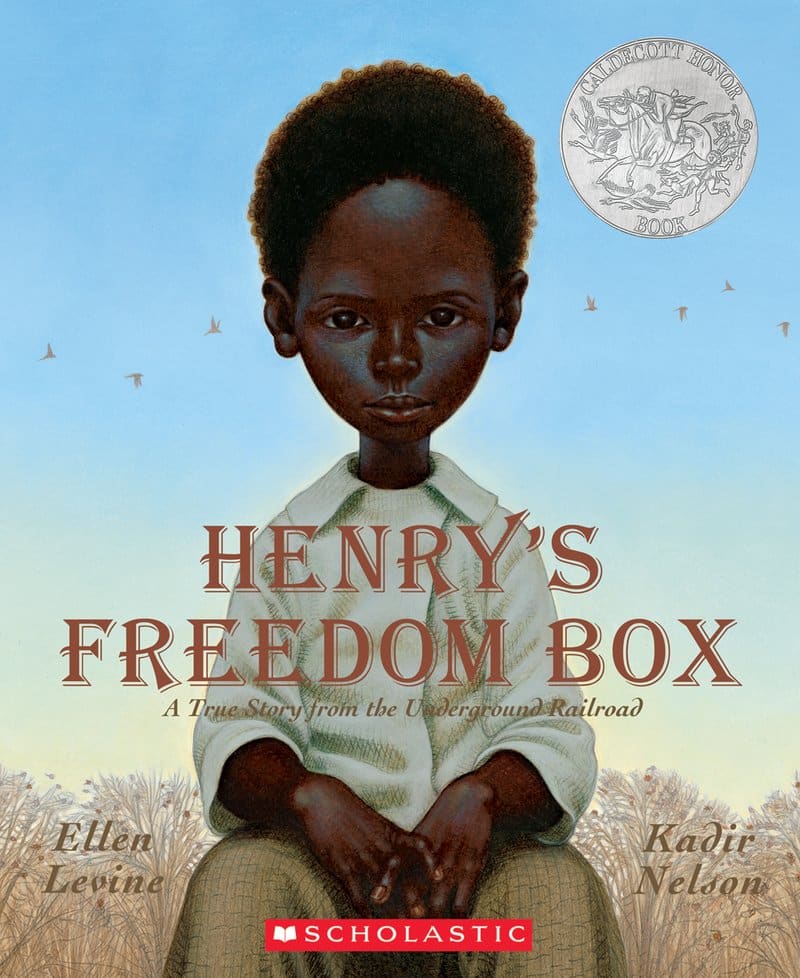
Henry's Freedom Box is the emotional story of a boy born into slavery and his unconventional escape to freedom. Henry does not know his birthday, he is torn apart from his family, and in desperation, he sets out on a brave quest for freedom. For readers who have some knowledge of this time in history, this is an excellent selection to practice synthesizing.
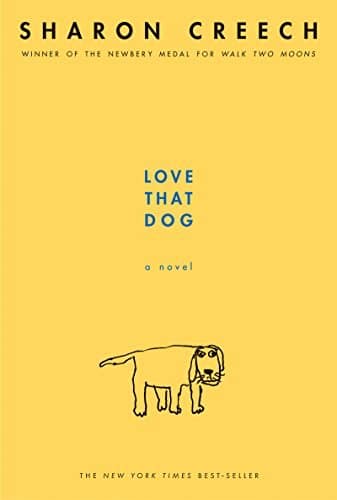
Written as a collection of poems and journal entries, Love That Dog tells the change-of-heart story of Jack, a boy who grows to appreciate writing poetry in school after he encounters the right inspiration.
This is an excellent book to use when teaching more advanced readers to synthesize because the main character's connection to poetry evolves throughtout the text, making it a plot point to examine and through synthesizing.

It's Christmas Eve when a young boy, who is waiting up for Santa's sleigh, peeks out the window to find The Polar Express. He's invited aboard the mysterious steam engine headed to the North Pole, where he's surprised with a gift from Santa himself. Chris Van Allsburg's classic holiday story lends itself well to a lesson plan focused on synthesizing because students can practice using a variety of strategies to extract full meaning from the text. The prompts included in this lesson plan help students think about the reasons why the boy and his sister believe at the end of the book.
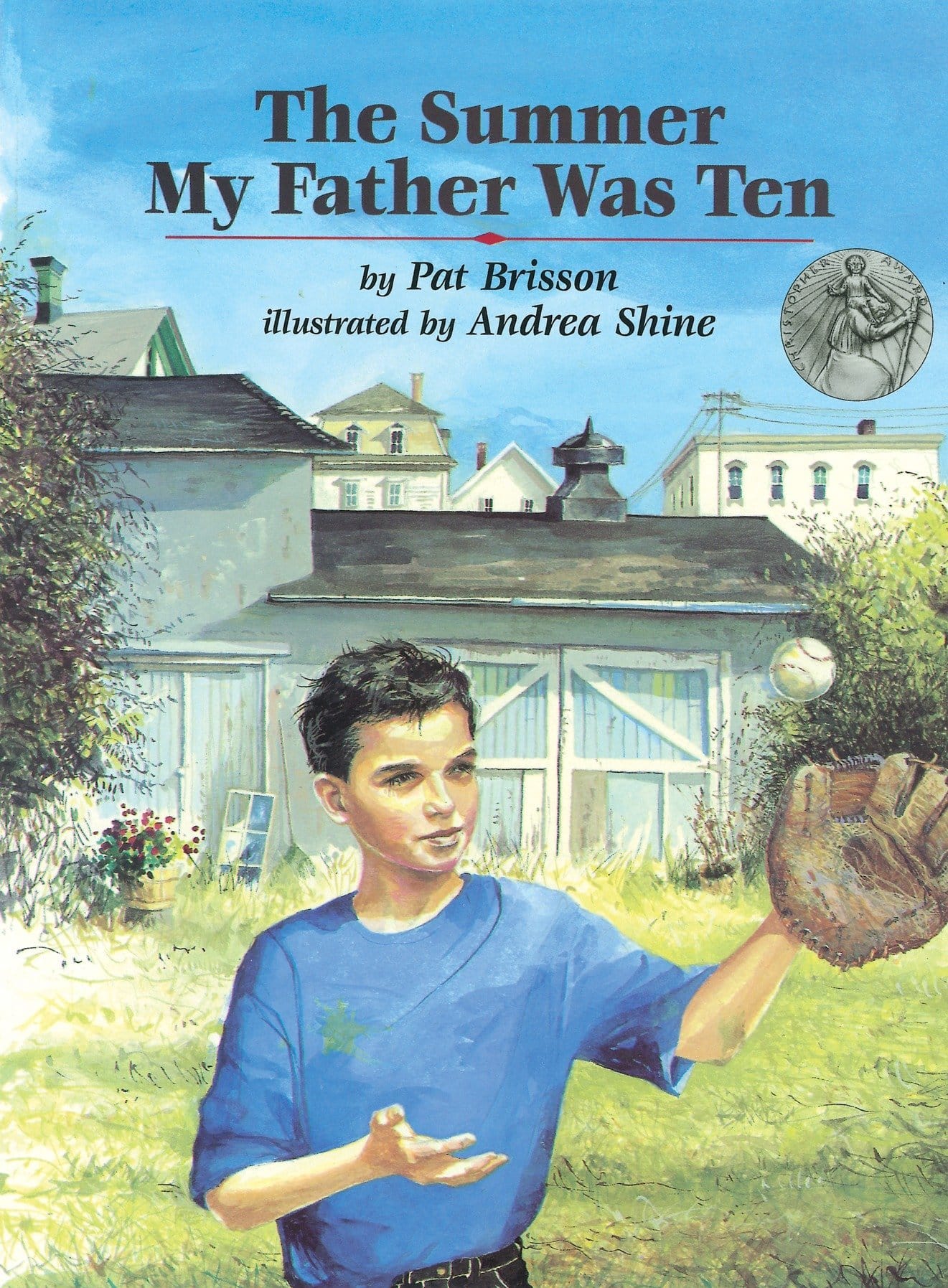
Every year, a young girl and her father plant a garden, and every year, the father tells his daughter the same story about his childhood neighbor's garden. The summer the father turned 10, he and his friends got caught up in a moment of poor judgment and destroyed the neighbor's vegetables. The Summer My Father Was Ten is a sophisticated text that can be used to challenge advanced readers. The story-within-a-story text structure introduces readers to multiple characters who represent past and present. There are also many different emotions and messages to pick up on. Students will need to demonstrate their ability to apply different comprehension strategies throughout this text in order to fully comprehend its meaning.
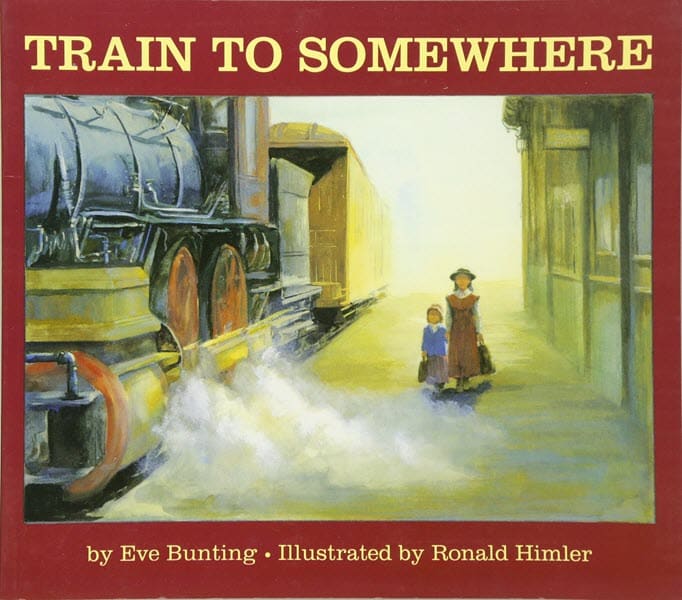
A Train to Somewhere by Eve Bunting is a poignant historical fiction picture book that tells the story of a young orphan girl named Marianne. Set in the late 1800s, Marianne is determined to find a loving family to call her own. She joins a group of orphans traveling on a train from New York City to the Midwest, where they hope to be adopted by families in need of children to help on their farms. As the train travels through the countryside, Marianne faces uncertainty and longing but remains hopeful for a new beginning. The book beautifully captures the emotions of a child in search of a home and the resilience of the human spirit. It offers young readers a moving glimpse into the challenges and hopes of orphaned children during this historical period. Train to Somewhere is an effective anchor text for advanced readers who need work synthesizing. In this lesson, students will work to recognize the different comprehension strategies they're using to understand the main character's perspective throughout the story.
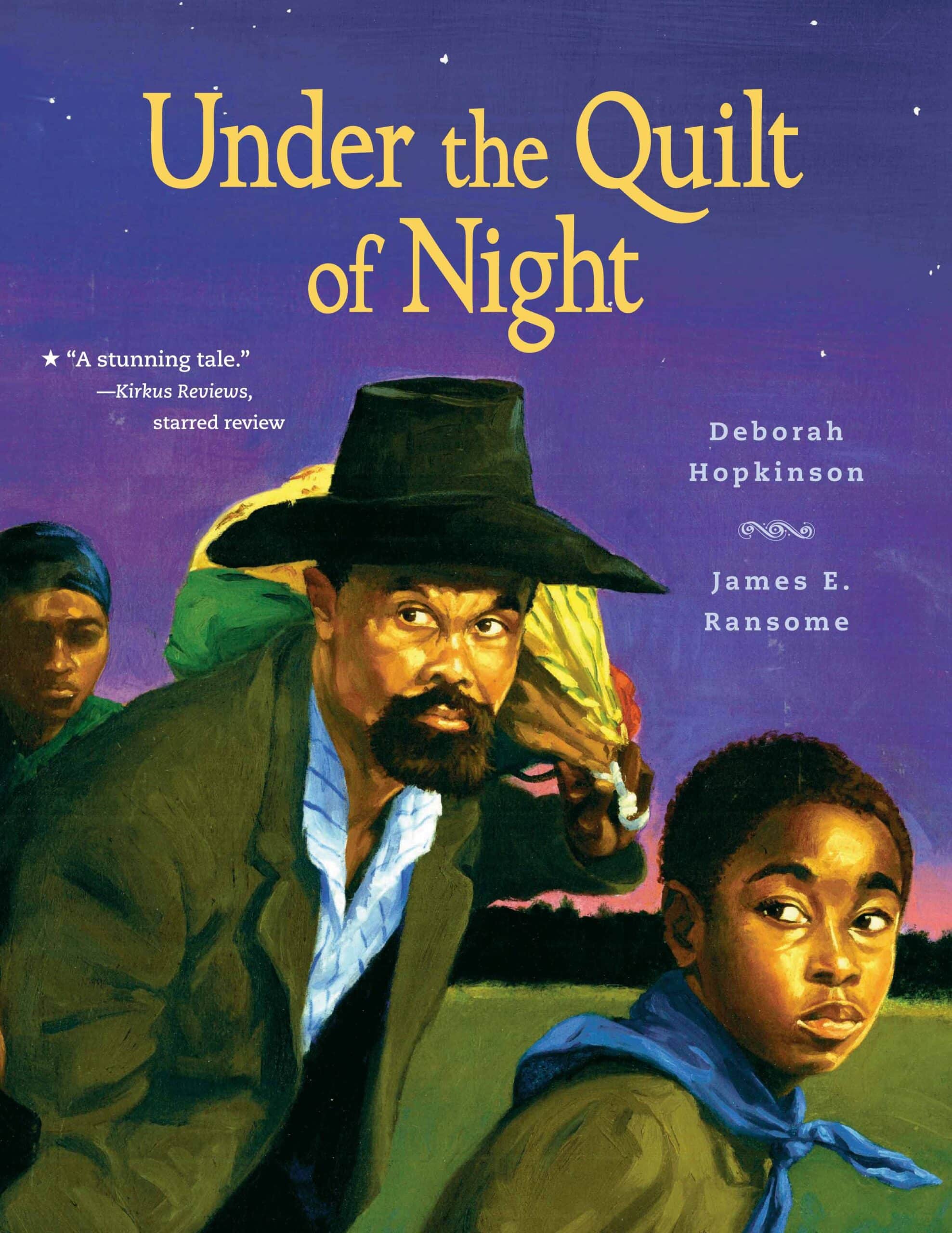
Under the Quilt of Night by Deborah Hopkinson is a powerful and evocative children's book that brings to life the courage and resilience of enslaved individuals during the Underground Railroad era. Set in the 1850s, the story follows a young girl named Addy, who is escaping slavery with her family. Guided by the North Star and aided by the Underground Railroad network, they embark on a perilous journey to freedom, seeking refuge and safety. As they hide under the quilt of night, they encounter both danger and compassion from strangers along the way. Through poetic prose and striking illustrations, the book sheds light on the struggles faced by those seeking freedom and emphasizes the importance of hope, unity, and the human spirit. Under the Quilt of Night is a moving and essential read that sensitively introduces young readers to the history of slavery and the Underground Railroad, while celebrating the enduring spirit of those who sought freedom against all odds. Students will need to employ multiple reading strategies, like making text-to-text connections, visualizing and asking questions, to fully comprehend this text. Using the paired lesson plan, students will pause throughout their reading to recognize which strategy they're applying at specific points to inform their understanding and opinion of this text.
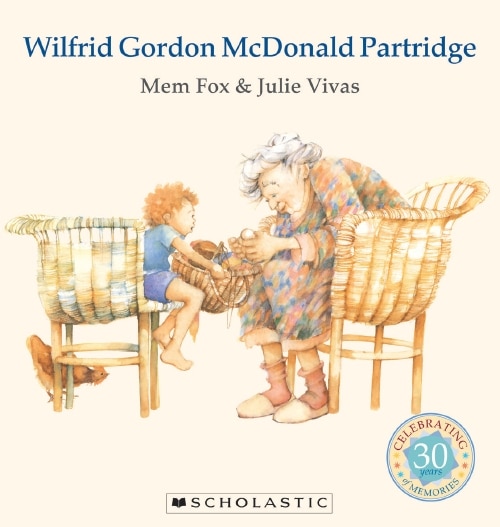
Wilfrid Gordon McDonald Partridge by Mem Fox is a heartwarming children's book that celebrates the special bond between the young and the elderly. The story follows Wilfrid, a curious and compassionate little boy, who lives next to a retirement home. He befriends the residents and, in particular, Miss Nancy Alison Delacourt Cooper, who has lost her memory. To help her remember, Wilfrid embarks on a heartfelt quest to collect objects that hold special memories for Miss Nancy. Through this endearing journey, Wilfrid learns about the richness of life and the power of empathy. The book beautifully portrays the value of intergenerational connections, kindness, and the simple joys that bring meaning to our lives. Wilfrid Gordon McDonald Partridge is ideal for developing readers who are beginning to test their application and awareness of multiple comprehension strategies. With a small cast of characters, clear events and a slightly more complex theme, readers can focus on their comprehension and how it evolves throughout this text.
Model how to fold a piece of paper, accordion style, so that it has 4–5 sections and forms a fan. Then provide each student with a piece of paper, inviting them to create their own fold-a-fan. Explain that you will be using the fans to track how a reader's thinking can change from the beginning of a story to the end.
Begin reading. After reading the beginning of a story, work with students to write their thoughts about a character, the plot, or another topic from the text in the first section of the fan. As you read the story, stop periodically, to fill in fan with new thoughts or information. At the end of the lesson, use the final section of the fan to write down how their thoughts changed by the end of the story.
This idea is a fun (and slightly goofy) way to teach students to synthesize. It works best with nonfiction or informational text.
For this activity, you’ll need three pieces of paper each with a large thought bubble. Each thought bubble should be labeled 1, 2, and 3.
Start by previewing the text. Identify the topic. Then ask students to “squeeze” their brains to let out all the information they know, or think they know about the topic. Record all their information inside of the first thought bubble.
Begin to read the text. When you have read approximately half of the text, tell the students it's time to "squeeze" their brains again. Write the new information inside of the the second thought bubble.
Last, finish reading the book. Then invite students to "squeeze" their brains one final time. Record the information inside of the third thought bubble.